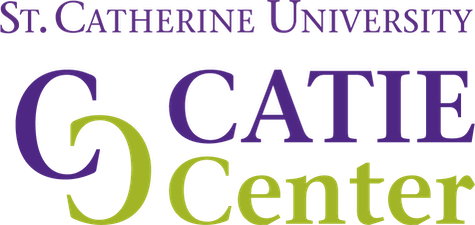Cognitive Skill Development for Interpreters
 by Betsy Winston, PhD
by Betsy Winston, PhD
TIEM Center
betsywinston@tiemcenter.org
Effective interpreting requires highly developed critical thinking skills and advanced communicative competence in each working language. As interpreter educators, we have long espoused the value of reflection and self-assessment. Recently, a new federal grant was awarded to CATIE Center to identify effective approaches to preparing interpreters for certification, which implies qualification. As the nationally funded center, CATIE staff have been working diligently to do just that. One effective, and essential approach that they have identified is the need to help interpreters at all levels to develop and strengthen their critical thinking and analytical decision-making at every stage of their careers. A recent activity, a “Think Tank” about interpreting education, offered participants a new opportunity to explore this essential need, and to learn more about recent research findings in cognitive science related to thinking and learning. These findings can inform and enhance interpreter preparation. Of course, these ideas are not “new” and evidence has existed for a while, even in our own field (Kiraly, 2000, Peterson 2002, Shaffer and Janzen, 2004; Wilcox & Shaffer 2005, Janzen 2005a & b, Janzen 2008, Stone 2009, Russell and Winston, 2014 to cite a few). Indeed, a workshop convened by VRSII Educators Symposium (2012) introduced many of us to the early impact that cognitive science could have on interpreter preparation (Bain, 2004, 2012). The CATIE forum introduced us to another volume, make it stick! The Science of Successful Learning(Brown et al 2014) and provided participants with an opportunity to discuss, in practical terms, why we need to, and how we can integrate these findings into our teaching and learning, our course and programs, and into our own life-long learning goals. Here I share some of the insights and learning that I experienced during the discussions.
Insights from make it stick!
The field of cognitive science has evolved quickly in the past few decades, and some of our ways of thinking about the task of interpreting, and about how we prepare new generations of effective interpreters, can benefit from this evolution. Cognitive science directly impacts our work in at least two important areas: our understanding of learning and teaching in general, and our understanding of what interpreting, and by extension, interpreter education, encompasses. Cognitive science, and the findings about cognition, learning and thinking, provide us with a solid foundation on which to build important philosophies, approaches and tools for effective interpreter education. These can be implemented across all courses and program-wide, wherever educators are inspired to study not only what and how students learn, but how we ourselves can learn from them.
Click the toggles below to see:
This was originally published in the CIT News. http://www.cit-asl.org
